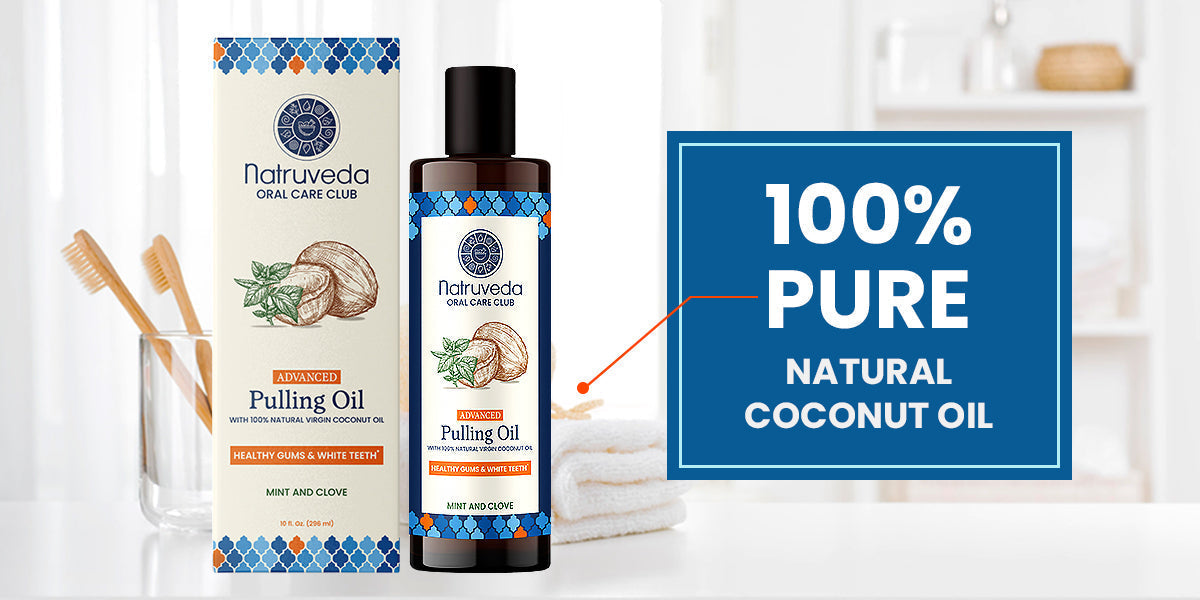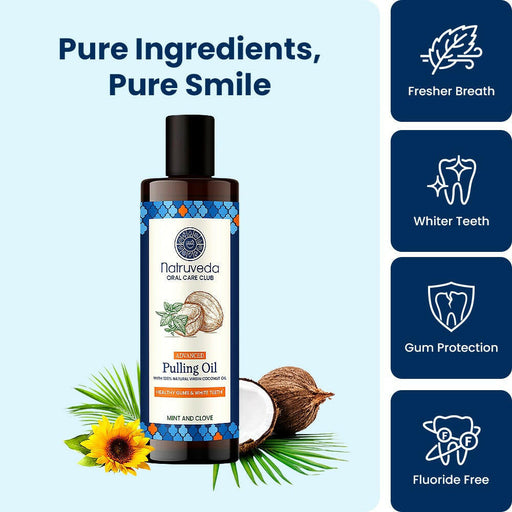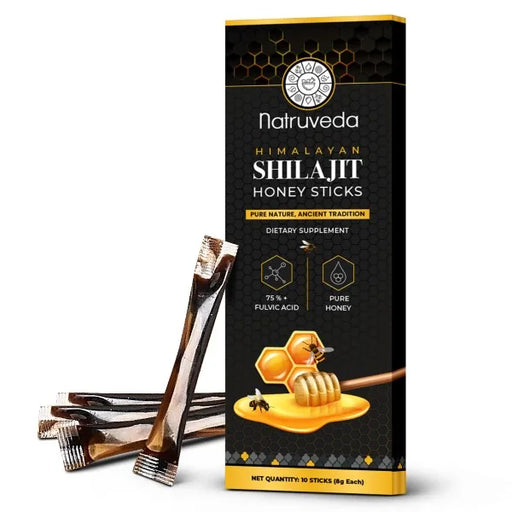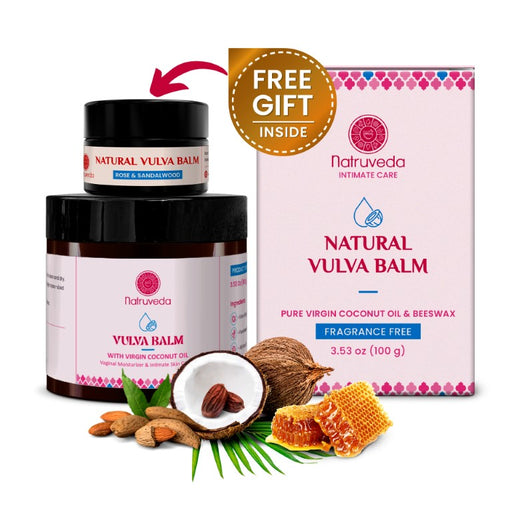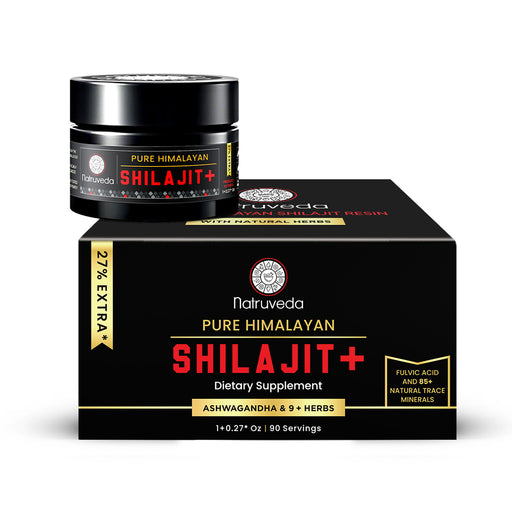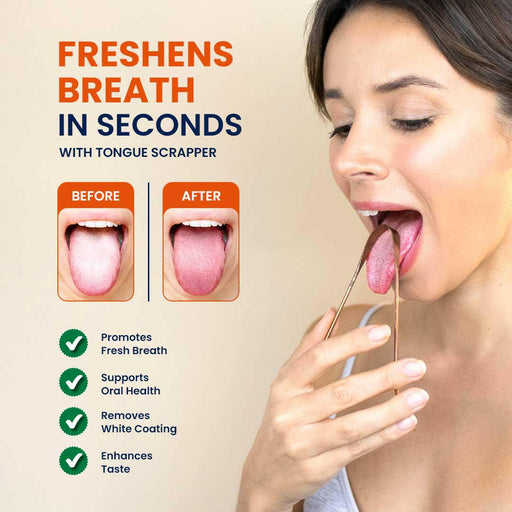1. Introduction:
Oral health plays a pivotal role in overall well-being, yet many of us tend to overlook it. From daily brushing and flossing to regular dental checkups, these steps are part of our routine. But have you heard about oil pulling? This ancient Ayurvedic practice has recently gained popularity for its numerous health benefits, including improving oral hygiene, whitening teeth, and even supporting gum health.
If you've ever wondered, how to do oil pulling or how do I oil pull teeth, this guide will provide a detailed, step-by-step approach, explaining the practice and its benefits. Whether you’re new to oil pulling or looking for tips to refine your technique, keep reading to discover everything you need to know about this natural method for healthy teeth and gums.

2. What is Oil Pulling?
Before diving into how to oil pull with coconut oil or other oils, it’s essential to understand what oil pulling is. Oil pulling is an ancient Ayurvedic technique that involves swishing oil around in your mouth for a few minutes each day. This simple practice claims to remove toxins, bacteria, and plaque from the mouth, improving overall oral hygiene.
The concept behind oil pulling is that certain oils, such as coconut oil or sesame oil, have natural antibacterial and antifungal properties. When you swish the oil in your mouth, it traps and pulls out bacteria, leaving your mouth cleaner and fresher. For many, this practice has become part of a daily routine to boost oral health.
One of the primary reasons people opt for coconut oil pulling is its pleasant taste and well-known antibacterial properties. The practice itself has been around for thousands of years, so it's not just a passing trend but a tried-and-true method for improving your oral hygiene naturally.
How to Do Oil Pulling: Step-by-Step Guide
Now that we’ve explained what oil pulling is, let’s move on to the practical side of things. If you’ve been wondering, how to oil pull with coconut oil, here’s a detailed step-by-step guide to help you get started.
Step 1: Choose the Right Oil
The first step in how to do oil pulling is selecting the oil. The most popular oil for pulling is coconut oil because it contains medium-chain fatty acids, especially lauric acid, which has strong antibacterial properties. Coconut oil is also gentle on the gums and has a relatively neutral taste, making it a good option for beginners.
However, sesame oil and sunflower oil are also great choices. They have been traditionally used in Ayurvedic medicine for oil pulling. Sesame oil, for example, has soothing properties and can help balance oral bacteria.
When choosing oil, it’s essential to select organic, cold-pressed oils. These oils preserve their natural nutrients and are free from chemicals and additives that could harm your health.
Step 2: Measure the Oil
For oil pulling for teeth, you’ll need just one tablespoon of oil. If you’re just starting, it’s okay to use half a tablespoon to make the process more manageable. After all, swishing oil around in your mouth for 15-20 minutes may feel like a lot at first, so you can gradually increase the amount as you get used to the practice.
If you’re new to the practice, don’t feel the need to rush through it. Start with a smaller amount and give yourself time to adjust. Over time, you’ll notice how easily it becomes a natural part of your morning routine.
Step 3: Swish the Oil Around in Your Mouth
Now comes the fun part—swishing! Take your tablespoon of coconut oil and put it in your mouth. Start gently swishing the oil around your mouth. Make sure to move the oil around your teeth, gums, and the roof of your mouth. How do you oil pull teeth? Simply move the oil around gently, ensuring it touches all areas of your mouth.
It’s essential to swish slowly and carefully. The goal isn’t to force the oil, but rather to let it move naturally. Don’t try to swish too fast or too aggressively; instead, keep a steady, consistent motion. As you continue, the oil will mix with your saliva, becoming thinner and easier to move around.
How long should you oil pull? Ideally, you should aim for 15-20 minutes of swishing. During this time, the oil is working to draw out bacteria and toxins. However, if 20 minutes feels too long initially, start with 5-10 minutes and gradually build up.
Step 4: Spit Out the Oil
Once you’ve finished swishing, spit the oil out into a trash can—not the sink or toilet. Why? Because the oil contains all the toxins and bacteria it has pulled from your mouth, and you don’t want to clog your pipes with it. The oil should look more milky and thinner after you spit it out.
While spitting, you might feel your mouth is cleaner and fresher, a sign that the oil has done its job. Be careful not to swallow the oil, as it contains toxins and bacteria that you’ve just removed from your mouth.
Step 5: Rinse Your Mouth
After you spit out the oil, rinse your mouth thoroughly with warm water. This step helps to remove any remaining oil and bacteria. If you like, you can also gargle with saltwater to help detoxify your mouth further.
Step 6: Brush Your Teeth
After rinsing, brush your teeth as you normally would. This will help remove any last traces of oil and give you the fresh feeling of a clean mouth. Use a natural toothpaste that aligns with your oil-pulling goals.

3. How Often Should You Do Oil Pulling?
When people ask how often should I oil pull, the answer typically depends on individual preferences and goals. To reap the full benefits of oil pulling, it’s recommended to do it daily—especially in the morning before eating or drinking anything. Doing it first thing on an empty stomach helps remove toxins and bacteria that have accumulated overnight.
However, if you’re new to the practice, you can start with 3-4 times a week and gradually work your way up to daily use. Consistency is key for experiencing the full benefits of oil pulling for your teeth and gums.
What Are the Benefits of Oil Pulling for Teeth and Gums?
If you’re wondering whether oil pulling works, you’ll be happy to know that it has a variety of oral health benefits. Here are some of the top advantages you can expect when you regularly practice oil pulling, especially with coconut oil:
1. Natural Teeth Whitening
One of the most significant reasons people turn to oil pulling is its potential to whiten teeth naturally. As you oil pull for teeth, the oil helps remove plaque buildup, which is a primary cause of yellow teeth. Over time, you may notice a brighter, whiter smile without the need for harsh chemicals or expensive whitening treatments.
2. Reduces Plaque and Prevents Cavities
Plaque is the sticky film that forms on your teeth, often leading to cavities and tooth decay. By regularly oil pulling with coconut oil, you can reduce the amount of plaque in your mouth. The bacteria in plaque are broken down by the antimicrobial properties of coconut oil, keeping your teeth cleaner for longer.
If you’ve been asking, does oil pulling help cavities, the answer is yes—it can help prevent them by keeping plaque at bay. While it isn’t a replacement for professional dental treatments, it can significantly contribute to oral hygiene and cavity prevention.
3. Improves Gum Health
Oil pulling for gums is another key benefit of this practice. By removing bacteria from your mouth, oil pulling reduces the risk of gum disease, gingivitis, and even gum recession. It can help soothe inflammation and promote overall gum health. People who suffer from sensitive or inflamed gums often find relief by incorporating oil pulling into their daily routines.
4. Fresher Breath
One of the most immediate benefits you’ll notice after oil pulling is fresher breath. The oil helps to remove bacteria that cause bad breath, leaving your mouth feeling clean and refreshed. It’s a natural way to maintain a fresh breath throughout the day.
5. Detoxification of the Mouth
As you oil pull, you are essentially detoxifying your mouth. The oil helps draw out harmful bacteria and toxins that could lead to infections or other oral health issues. The longer you oil pull, the more toxins are drawn out, giving you a cleaner, healthier mouth overall.
6. Reduces Gum Disease and Inflammation
Regular oil pulling can help reduce gum disease and ease the symptoms of gum inflammation. By consistently removing bacteria and plaque, oil pulling helps keep the gums strong and healthy. Over time, you may notice less bleeding when you brush or floss, which is a sign that your gums are healing and becoming more resilient.

4. Is Oil Pulling Safe for Your Teeth?
If you’re wondering, is oil pulling safe, the answer is yes—it’s completely safe when done correctly. Oil pulling is a gentle process that doesn’t harm the enamel of your teeth. It’s also non-invasive, making it a natural, risk-free way to support your oral health.
However, there are a few things to keep in mind:
-
Don’t swallow the oil: As mentioned earlier, swallowing the oil can cause you to ingest the toxins and bacteria that the oil has pulled from your mouth.
-
Start slowly: If you’re new to oil pulling, don’t force yourself to swish for 20 minutes right away. Start with shorter sessions and gradually increase the time as you get used to it.
-
Use high-quality oil: Opt for organic, cold-pressed coconut oil or sesame oil to get the most benefits.
5. Final Thoughts: Start Oil Pulling Today!
So, now you know how to oil pull and what to expect from this age-old practice. It’s an easy, natural way to improve your oral health, whiten your teeth, and boost your overall well-being.
If you’re ready to give oil pulling a try, make sure to use the best products. Consider Natruveda’s Oil Pulling Mouthwash, a specially formulated product designed to enhance the benefits of oil pulling while keeping things simple and effective.
Start your day with a clean mouth and a smile full of confidence—try oil pulling today and feel the difference for yourself!
You can find this product along with genuine customer reviews on Amazon or learn more and purchase directly from Natruveda.com.

